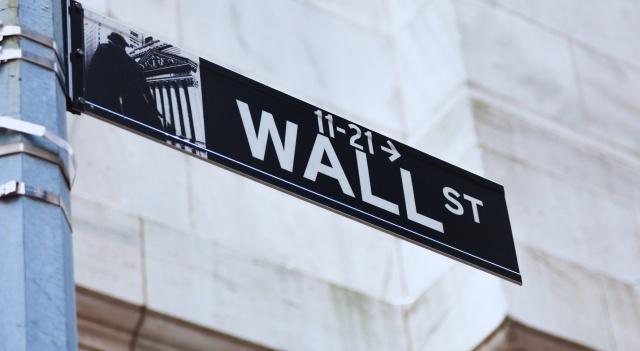The major U.S. index futures on the Dow Jones, S&P and Nasdaq are currently pointing to a lower open on Thursday, with stocks likely to see further downside following the pullback seen over the two previous sessions.
Concerns about a recent surge by treasury yields may continue to weigh on Wall Street, as the thirty-year bond yield reaches its highest levels since 2023.
Treasury yields have jumped amid concerns about the fiscal impact of a Republican tax cut bill, which passed the House in a largely party-line vote early this morning.
Analysts warn the bill could add trillions to the federal government’s already massive $36.2 trillion debt pile. The plan has sparked fears of an even wider deficit, especially as interest payments continue to soar.
In a post on Truth Social, President Donald Trump called the bill “arguably the most significant piece of Legislation that will ever be signed in the History of our Country” and urged the Senate to send the bill to his desk as soon as possible.
On the U.S. economic front, a report released by the Labor Department unexpectedly showed a slight decline by first-time claims for U.S. unemployment benefits in the week ended May 17th.
Following a moderate pullback during Tuesday’s session, stocks showed a more substantial move to the downside during trading on Wednesday. The major averages rebounded from an initial decline but once again slumped into negative territory as the day progressed.
The major averages ended the day off their worst levels but still sharply lower. The Dow plunged 816.80 points or 1.9 percent to 41,860.44, the S&P 500 slumped 95.85 points or 1.6 percent to 5,844.61 and the Nasdaq tumbled 270.07 points or 1.4 percent to 18,872.64.
The weakness on Wall Street came amid lingering uncertainty about the outlook for trade and the global economy following the surge seen over the past several weeks.
Stocks have shown a substantial recovery from their early April lows, but traders have recently been questioning the strength of the rebound amid a lack of clear progress on new trade deals.
A continued increase by bond yields also generated selling pressure, with the thirty-year bond yield climbing above 5 percent due to concerns a new U.S. tax bill could worsen the country’s deficit.
President Donald Trump’s sweeping tax and spending bill is one step closer to a full vote in the House of Representatives, with economists warning the proposal would add more than $2.5 trillion to the federal debt over the next decade.
Treasury yields saw further upside after the Treasury Department revealed this month’s auction of $16 billion worth of twenty-year bonds attracted below average demand.
The twenty-year bond auction drew a high yield of 5.047 percent and a bid-to-cover ratio of 2.46, while the ten previous twenty-year bond auctions had an average bid-to-cover ratio of 2.58.
The bid-to-cover ratio is a measure of demand that indicates the amount of bids for each dollar worth of securities being sold.
Airline stocks showed a substantial move to the downside on the day, resulting in a 3.7 percent nosedive by the NYSE Arca Airline Index.
Considerable weakness also emerged among banking stocks, as reflected by the 3.1 percent slump by the KBW Bank Index.
Oil service, housing and commercial real estate stocks also saw notable weakness, while gold stocks bucked the downtrend amid a continued increase by the price of the precious metal.

Dow Jones, S&P, Nasdaq, U.S. Stocks May See Further Downside As Treasury Yields Continue To Rise
by
Tags: